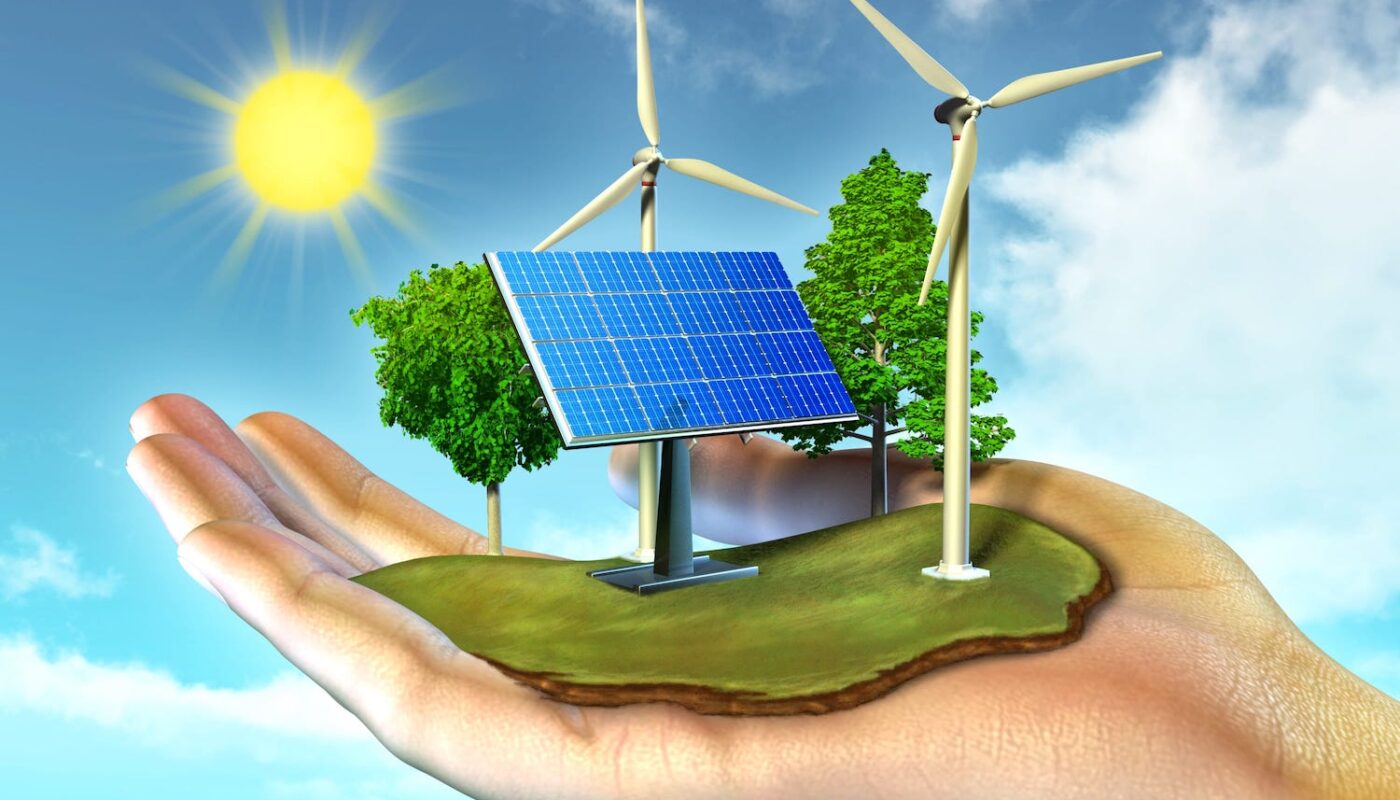Introduction to Energy Harvesting
Energy harvesting, also known as power harvesting or ambient power harvesting, is the process by which energy is derived from external sources (e.g. solar power, thermal energy, wind energy, salinity gradients, and kinetic energy), captured and stored for small, wireless autonomous devices, like those used in wearable electronics and wireless sensor networks. The goal of energy harvesting is to scavenge ambient radio frequency energy, movement, light, electromagnetic fields and thermal gradients that would otherwise go unexploited.
Types of Energy Harvesting Systems
Vibration Energy Harvesting
Vibration energy harvesting captures energy from ambient mechanical vibrations, such as those caused by operating machinery or human movement, and converts it into electrical energy. Piezoelectric and electromagnetic transduction methods are commonly used to harvest vibrational energy from sources like operating machines, automobile suspension systems or human motion. This type of energy harvesting is well-suited for powering wireless sensor nodes attached to vibrating structures.
Thermal Energy Harvesting
Thermal Energy Harvesting System utilizes temperature differences to generate electric power. Two primary methods for harvesting thermal energy are thermoelectric and pyroelectric transduction. Thermoelectric generators use the Seebeck effect to convert a temperature difference into electrical current. Pyroelectric materials generate a voltage when heated or cooled, enabling energy to be harvested from ambient thermal cycles. Typical sources for thermal energy harvesting are industrial waste heat, vehicle exhaust, and the human body.
Solar Energy Harvesting
Solar energy harvesting relies on the photovoltaic effect to convert sunlight directly into electricity. Solar cells made from materials like silicon are commonly used to harvest solar energy. This is an advantageous harvesting method for applications with exposure to outdoor ambient light levels, like outdoor sensors and wearable devices. Challenges include intermittency of sunlight and the need for potentially large solar cells or energy storage.
Radio Frequency Energy Harvesting
Radio frequency (RF) energy harvesting involves scavenging energy from ambient electromagnetic radiation like Wi-Fi signals, television and cell phone network broadcasts, and dedicated RF sources. Receiving antennas capture RF waves which are then converted and stored. RF energy harvesting has promise for powering devices located near transmitters with sufficiently high power densities, though distance and transmit power limitations exist. Applications could include powering sensor nodes located near cell towers and wireless routers.
Kinetic Energy Harvesting
Kinetic energy harvesting extracts energy from motion or flows and converts it to electrical power. Typical kinetic energy sources are flows in liquids and gases, and motions in solids like rotating shaft power. Common transduction methods involve the use of piezoelectric or electromagnetic generators in conjunction with mechanical equipment like wind turbines, hydroelectric generators or motion-based devices. Kinetic energy harvesting works well for applications taking advantage of naturally occurring flows and repetitive motions.
Energy Storage for Harvesting Systems
While energy harvesting captures ambient energy sources, the intermittent and variable nature of these power sources means harvested energy must typically be stored for on-demand use by low-power devices and systems. Common energy storage methods used in energy harvesting applications include:
Batteries – Rechargeable batteries like lithium-ion are often used to store harvested energy from sources like solar, kinetic and thermal harvesting. Batteries provide high energy densities but have relatively high self-discharge rates.
Supercapacitors – Also called ultracapacitors, these electrochemical components store charge efficiently without appreciable self-discharge. Supercapacitors have higher power densities than batteries and higher energy densities than conventional capacitors.
Flywheels – Mechanical flywheels store rotational kinetic energy from generators driven by motions. Flywheels have high power densities and long lifetimes but lower energy densities than batteries.
Applications of Energy Harvesting Systems
Energy harvesting technologies have enabled a host of low-power wireless applications by providing maintenance-free operation. Key applications areas include:
Wireless Sensor Networks – Energy harvesting makes long-term deployments of distributed wireless sensor nodes viable without needing battery changes. Sensors can monitor phenomena like vibration, temperature, humidity, lighting conditions and more.
Embedded Systems – Processors and microcontrollers for embedded applications like smart meters, security tags and smart cards can operate autonomously with harvested power.
Medical Devices – Implantable medical devices like pacemakers have utilized energy harvesting to eliminate the need for battery replacement surgery. Non-invasive health monitors could also use body-powered harvesting.
Condition Monitoring – Machinery state awareness systems attached to vehicles, pipelines and industrial equipment gain permanent uptime through harvesting energy directly from the equipment under monitoring.
The Future of Energy Harvesting
Energy harvesting technologies continue to advance, finding new applications as power demands are reduced through more efficient electronics and new ambient power sources are utilized. Ongoing areas of research include improving energy densities and power outputs, multi-source harvesting platforms, and energy-neutral system designs capable of perpetual operation. The long-term vision includes truly self-powered systems that require no external power or maintenance over many years of operation. As technologies progress, energy harvesting promises to revolutionize how small, embedded and mobile devices are powered.
*Note:
1. Source: Coherent Market Insights, Public sources, Desk research
2. We have leveraged AI tools to mine information and compile it




